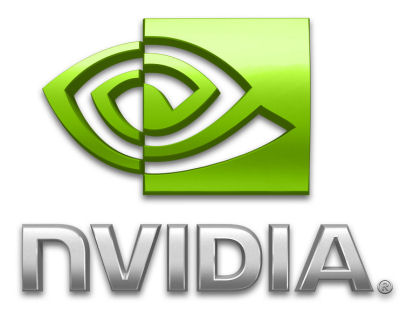Nvidia GT218 Card & Specs Possibly Surfacing
Technical drawings and specifications for the upcoming Nvidia GT218 cards seem to be surfacing slowly – possibly more information to follow at CeBIT this coming March and a possible public launch in April.
The GT218 will be the first 40nm based GPU rolling out from Nvidia and word has it there are at least 4 SKUs on different PCB designs (something that has yet to be 100% confirmed). The following image was scooped up by outside sources and gives us a glimpse of what the hardware might actually look like. It is based on the P692 PCB design codenamed D10M1-30. Core clock rate is 550MHz and the shader clock comes in at 1375MHz while memory is expected to be introduced at 512MB DDR3 at 800MHz on a 64bit interface. The exact number of shader processors has not been revealed as of current however the card is expected to have typical support for Dual Link DVI, DisplayPort, VGA and all the other common things.
As we can see from the image above, this PCB design is low-profile and from what we gather in the technical drawing, a low-profile adapter will accommodate or at least be available so that the card could be installed into a low-profile Home Theater PC (HTPC) or other small form factor chassis including 2U height boxes with cards that install vertically. We can also see that connector “J2” on the backplane, above the DVI connector could be an S-Video output, which makes a common appearance on low profile cards.
This is the only technical drawing we were able to find, and it is based only on one PCB design, there are apparently more – hopefully they will surface sooner than CeBIT in March and we can give you more insight.
Get Tom's Hardware's best news and in-depth reviews, straight to your inbox.

